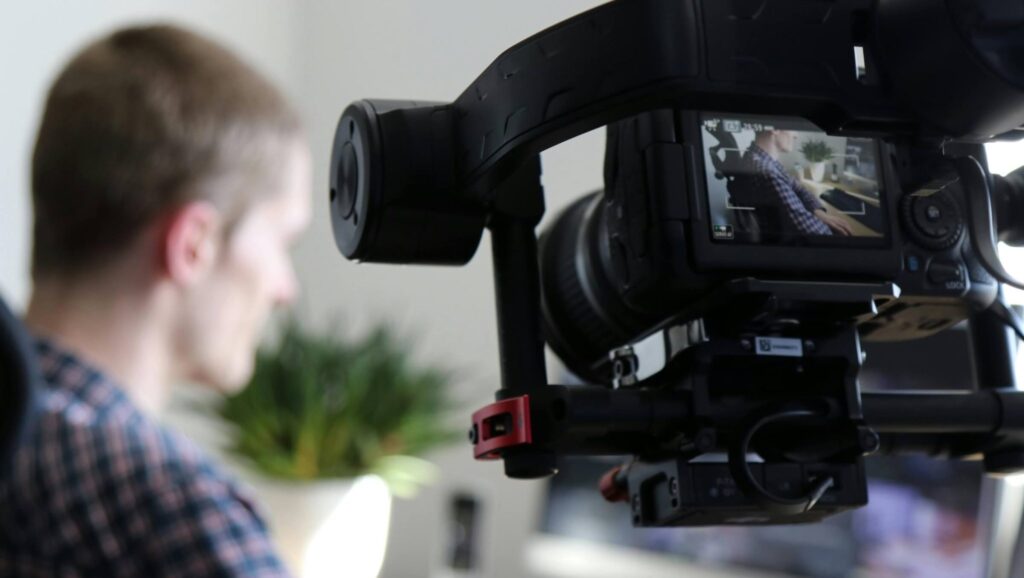Visit any Reddit, Facebook, or Twitter screenwriting thread and you’ll witness a lot of debate when it comes to any form of screenwriting advice being given or questioned. Some screenwriting “rules” date back to the screenwriting boom of the 1990s, when spec script sales were at an all-time high and screenwriting books were all the rage.
Perhaps the most enduring advice at the time was:
Never direct the camera by writing a specific camera direction. That’s the director’s job.
There is a lot of truth in this statement.
However, the detail and meaning have been lost to a new generation of screenwriters and those who inappropriately offer overly general versions of advice.
Here we briefly discuss the subject of camera directions and whether they should be included in your script. Here’s a hint of what’s to come: It depends.
What is “camera direction” in screenwriting terms?
one camera direction It can be found in the scene description of the script ( action part).
Scene description is key to the success of a screenwriter’s screenplay, especially from the perspective of whether readers can easily experience the story authentically in a cinematic way. You want readers to be able to decipher the visuals you describe in your scene descriptions as quickly as if they were reels of film flashing before their eyes.
Sadly, most novice screenwriters fail to understand the importance of film writing. Instead, they often fall into the trap of directing the camera.
As a screenwriter, it’s not your job to always decide where the shot is. This comes into play when directors and cinematographers are brought in to translate your script into film.
Camera direction is where scene descriptions and subtitles indicate how, when, and where the camera moves. For example:
- The camera dolly leaves…
- The camera tilts up and pans to the right…
- Medium shot…
These are the types of camera direction most pointed out by old-school screenwriting “rules” – involving camera position, camera angle, and the specific direction of the camera as it moves.
This “rule” is correct, screenwriters shouldn’t do this.
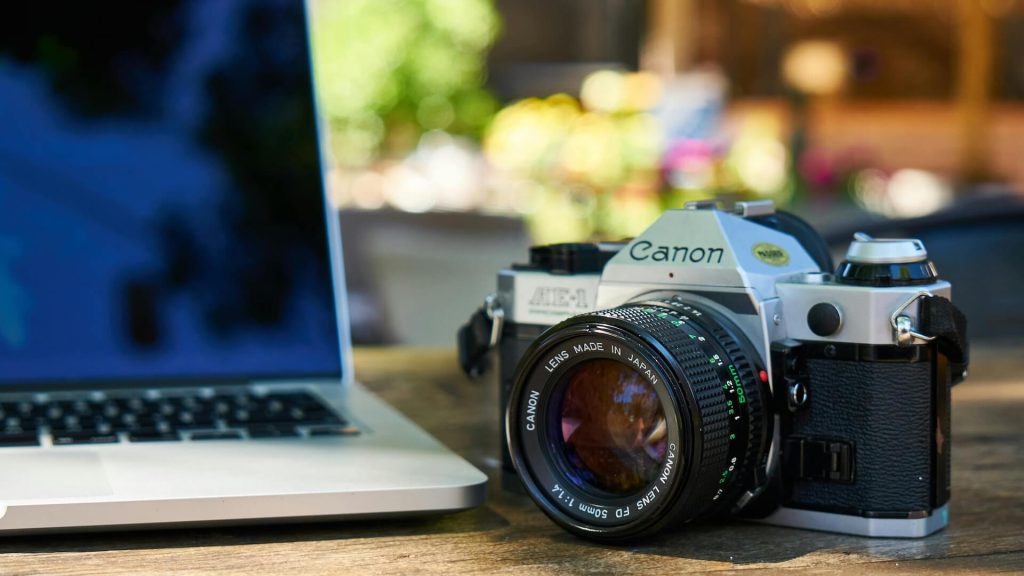

This bad habit usually stems from writers reading old scripts written by directors. An author is a person who writes and directs his or her own script. Since they are also directors, the inclusion of camera direction is purposeful as they are creating a more specific blueprint for the film’s story to be told through their vision.
Film is the director’s medium.
When screenwriters write a script that they may not direct, they should avoid including specific camera directions.
When a script is given to a director, the partnership changes as they interpret it through the director’s eyes. Therefore, specific camera directions such as camera position, camera angle, and camera movement waste very valuable script page space. Not to mention the director will shoot it the way they want it – with or without camera direction in the script.
However, the definition of camera direction in contemporary screenplays has become a bit too general. Sometimes screenwriters can (and should) show off certain camera elements.
What types of camera directions can a screenwriter use?
Lost in overly general “rules” no camera direction are terms and practices that are allowed/tolerated or necessary in writing film scripts.
We see…
There’s a lot of debate online about using this phrase in scene descriptions – most people who decry the practice as amateurish or screenwriter-breaking don’t really know what they’re talking about. Or, as in most cases, they are again too general.
use “We see” It goes back to the early days of contemporary screenwriting. This phrase is often used during a pitch to put the pitcher and the person being pitched into the camera’s frame. It’s a way to connect with the people you’re pitching your story to and let them see your vision through your cinematic description.
This was carried over into screenplays and is still used by famous and successful screenwriters. Today, it’s a stylistic choice—a screenwriting vernacular, if you will. You can usually format it like this:
An endless country road stretches to the horizon. We see a car driving fast on the road.
Using “we see” is not the direction of the camera. And, no, it’s not going to be frowned upon or used as an excuse to throw out the script.
No, you don’t want to use it in all other lines of the scene description. This will be the kind of repetitive verse that will irritate even the most open-minded industry insider when they read your script. But this is not a condemned phrase by any means.
View this example jennifer body:
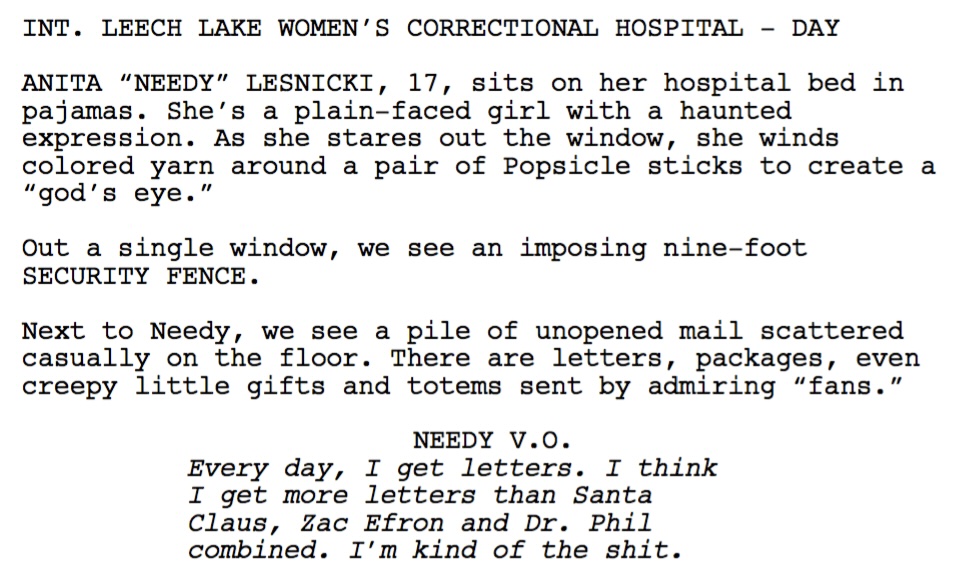

“Jennifer’s Body” (2009)
point of view
point of view represent phosphoruspoint oxygenf Vview. It often appears in advertising slogans with an accompanying theme in all capital letters to indicate that we are seeing certain visuals through the eyes of a specific character.
someone’s perspective in the woods
They watched the couple chase each other as they headed to the beach.
No, this is no Forbidden camera directions, writers can use such camera directions when the story requires it.
There are many story-related reasons for using POV, including:
- Create mystery and suspense by seeing visuals from a stranger’s perspective.
- Create an emotional response by showing the concerns of a specific character.
- Show specific characters seeing specific elements of the story.
- Showing a specific person, object, or location that a character is looking at tells the reader/viewer that they have specific information that others may not.
However, there is a caveat. If you are going to use POV, make it key to the story and don’t use it as a camera direction.
View this example halloween:
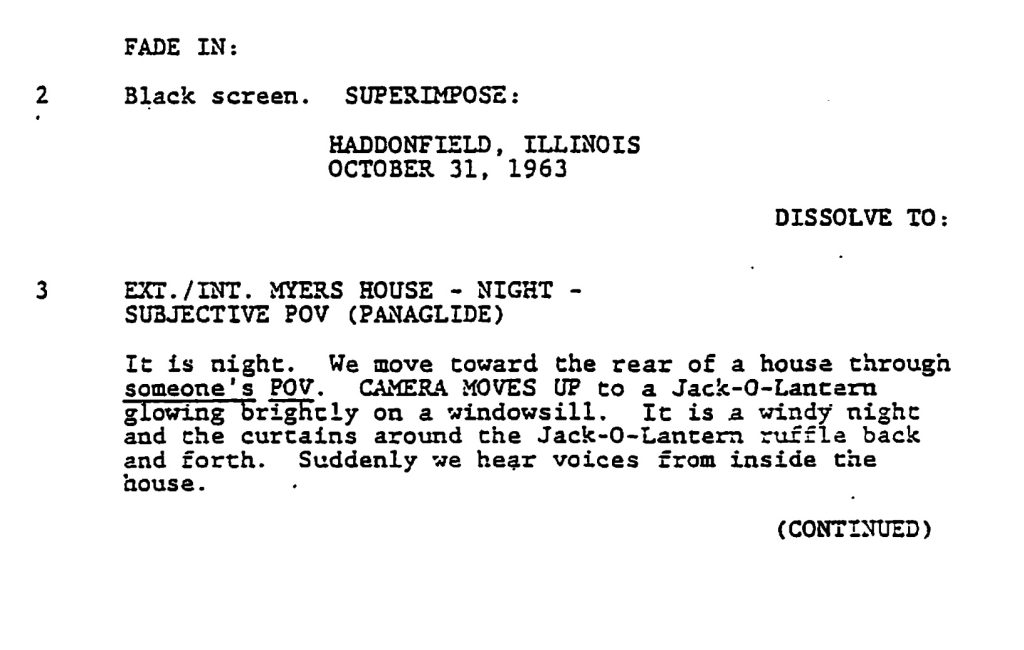

“Halloween” (1979)
insert
insert Representation tells the reader about a specific shot of a specific object (and sometimes other elements such as location, footage, details, etc.) that can be seen between the main scenes that have been described.
Their purpose is to emphasize different aspects or elements of the main scene depicted by the alternative frame.
Exhausted, Lloyd drove down the highway, eyes opening and closing.
Insert – road sign
Aspen, 10 miles
Another example creates suspense.
George walked out of the bathroom, hands in his pockets, sweating profusely from nervousness.
Insert – George’s hand holding a revolver
He walked up to the bank teller.
View this example The Lord of the Rings: The Fellowship of the Ring:
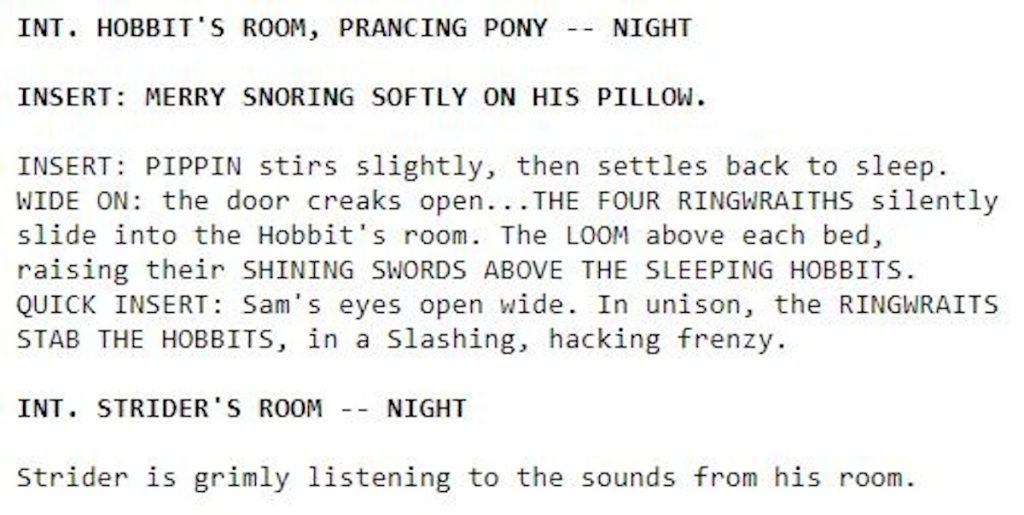

The Lord of the Rings: The Fellowship of the Ring (2001)
—
Yes, this is the camera direction. However, it is used explicitly as a story element to inform or create additional suspense.
Yes, as always there is a caveat. Less is more. Only use elements like this. Otherwise, they will bore the reader.
Ken Miyamoto has worked in the film industry for nearly two decades, most notably as a studio liaison and then as a script reader and story analyst for Sony Pictures.
As a production writer, he participated in numerous studio meetings with companies such as Sony, DreamWorks, Universal Pictures, Disney, Warner Bros., and numerous production and management companies. He previously had a development deal with Lionsgate and has had several writing assignments, including the miniseries power failureThis thriller stars Anne Heche, Sean Patrick Flanery, Billy Zane, James Brolin, Hayley Duff, Brian Bloom, Eric Rasa starring er and bruce bucklina Hunter’s creedas well as many Lifetime thrillers. Follow Ken on Twitter @ken电影

